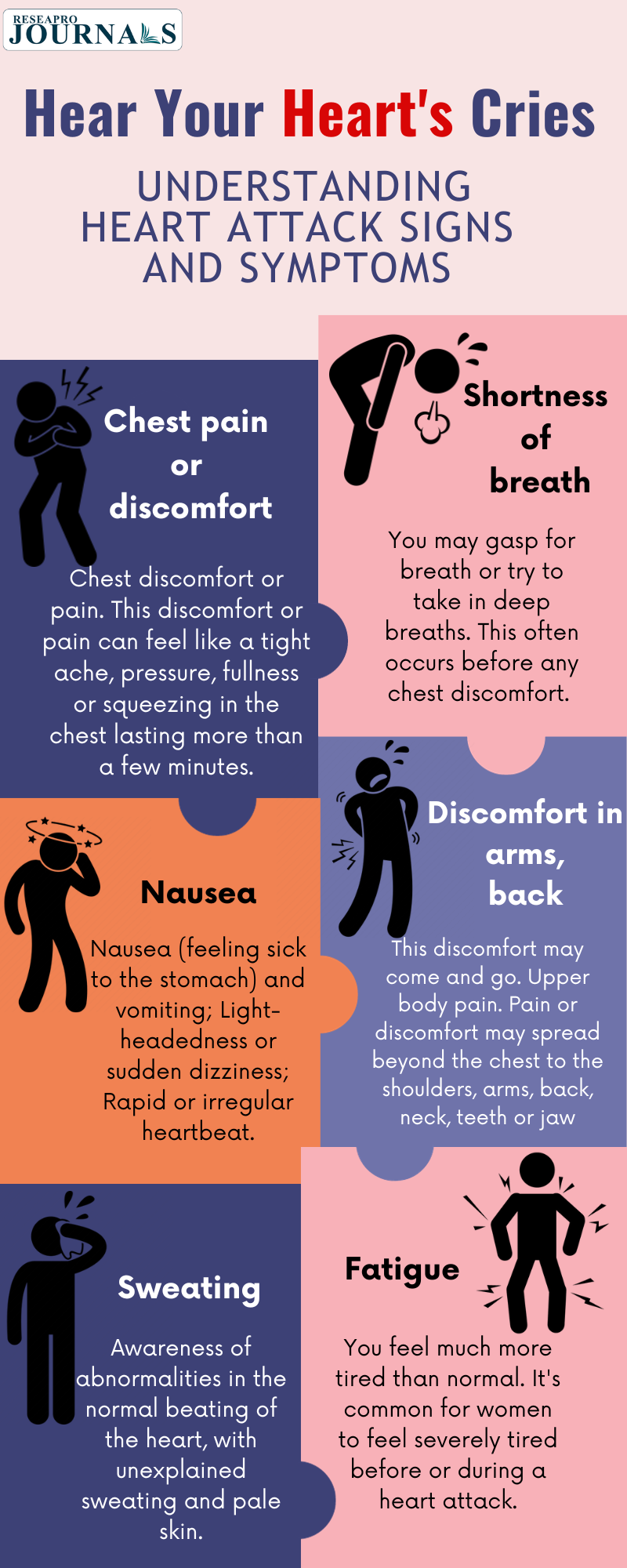A heart attack, also known as a myocardial infarction, occurs when blood flow to the heart is severely reduced or blocked, typically due to the buildup of plaque in the coronary arteries. Plaque is a fatty substance that can rupture and form a clot, further obstructing blood flow. The primary cause of most heart attacks is coronary artery disease, where one or more coronary arteries become obstructed, typically due to the presence of cholesterol-laden deposits known as plaques. In the event of a plaque rupture, a blood clot may form in the heart, leading to a heart attack. The classification of heart attacks often involves assessing specific changes, such as ST elevation, on an electrocardiogram (ECG or EKG), which indicates the need for urgent invasive treatment.




